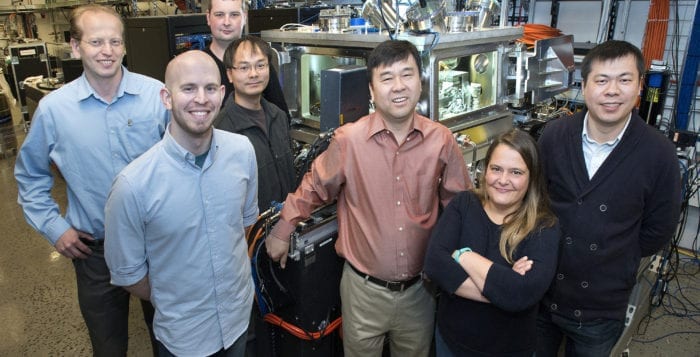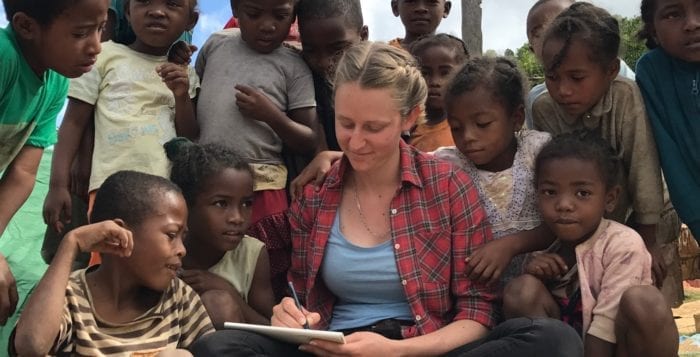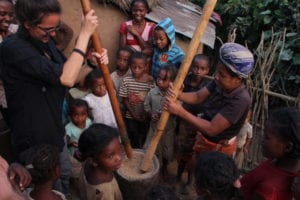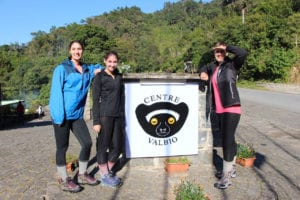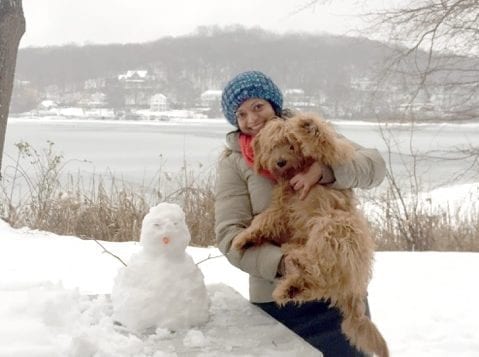What would happen if it rained on our intransigent politicians in Washington?
Well, for starters, the Democrats would all vote “no.” They’re voting “no” on everything anyway, so the rain probably wouldn’t affect them.
While some Republicans like Sen. John McCain would immediately acknowledge the rain, others would call it a nonstory. When the GOP couldn’t discount the reality that people were getting wet, they would decide it was President Obama’s fault because he didn’t stop the rains when he had a chance. The Republicans would find some regulation, which they suggested Obama enacted, that allowed or encouraged the rain, and would immediately set about doing the important work of undoing that regulation.
Sure, Obama knew about rain in Washington when he was president, but he didn’t enact a single policy or procedure that could have prevented the wet stuff from ruining barbecues and costing people money. He ignored an important proposal many years ago to put a retractable dome over Washington that would have created jobs and saved people from getting wet.
The New York Times would blame President Trump, his administration, his family and the Russians, especially President Putin, because all are at fault for everything. They probably planned during their meetings last year to distract everyone from their collusion to cause it to rain just when everyone was getting ready for a picnic. The Times would find some damning email in which someone joked about the rain, or in which the word “rain” might have been a code word, and would remind everyone that rain is synonymous with “pain,” which the paper is feeling from this new administration.
Competing polls would begin as soon as the first drops fell. One poll, which the current administration and Republicans would ignore and discredit, would suggest that even Trump voters are frustrated by the rain and feel that Trump promised them it would never rain again, except at night when they were sleeping. They would be upset that the billionaire Man of the People didn’t protect them when they wanted to attend their daughter’s softball game or when they wanted to go on a company picnic to a site that had previously been off-limits during the Obama administration because it was a protected area where young birds and fish were breeding.
At the same time, another poll that the Democrats would ignore would indicate that Trump voters were thrilled that they didn’t have to spend money watering lawns that, thanks to the new and limited Environmental Protection Agency, they could spray with a wide range of cheaper, job-creating pesticides that may or may not harm some people and a few turtles. This poll would suggest that these voters would be thrilled if the rain continued strategically through 2020, when they would be even happier to vote again for Trump.
Trump might tweet about how sad the rain was for Democrats and might suggest that it would be raining even harder if Hillary Clinton was president. Trump might engage in a twitter war with Chelsea Clinton or Rosie O’Donnell.
CNN would cover the twitter war extensively and would then claim that the entire discussion was a distraction from the real issues, which they would cover in a small box in the corner of their webpage.
Stocks would continue to rise as investors bet that people would need to spend more money on umbrellas in the short term, and on new food for other picnics some time in the near future when the rain stopped.
When the skies cleared, everyone would take credit before heading to the beach, unless they lived in New Jersey and were thwarted by an
unpopular governor.



